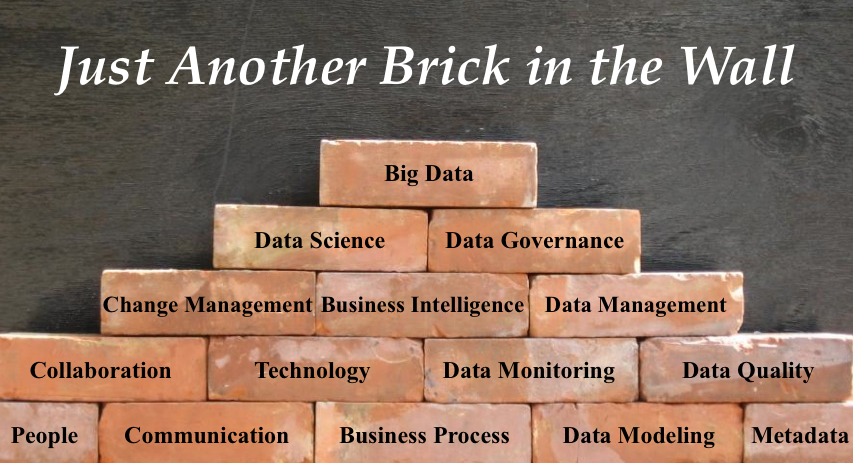Beware the Data Governance Ides of March
/Morte de Césare (Death of Caesar) by Vincenzo Camuccini, 1798
Today is the Ides of March (March 15), which back in 44 BC was definitely not a good day to be Julius Caesar, who was literally stabbed in the back by the Roman Senate during his assassination in the Theatre of Pompey (as depicted above), which was spearheaded by Brutus and Cassius in a failed attempt to restore the Roman Republic, but instead resulted in a series of civil wars that ultimately led to the establishment of the permanent Roman Empire by Caesar’s heir Octavius (aka Caesar Augustus).
“Beware the Ides of March” is the famously dramatized warning from William Shakespeare’s play Julius Caesar, which has me pondering whether a data governance program implementation has an Ides of March (albeit a less dramatic one—hopefully).
Hybrid Approach (starting Top-Down) is currently leading my unscientific poll about the best way to approach data governance, acknowledging executive sponsorship and a data governance board will be required for the top-down-driven activities of funding, policy making and enforcement, decision rights, and arbitration of conflicting business priorities as well as organizational politics.
The definition of data governance policies illustrates the intersection of business, data, and technical knowledge spread throughout the organization, revealing how interconnected and interdependent the organization is. The policies provide a framework for the communication and collaboration of business, data, and technical stakeholders, and establish an enterprise-wide understanding of the roles and responsibilities involved, and the accountability required to support the organization’s daily business activities.
The process of defining data governance policies resembles the communication and collaboration of the Roman Republic, but the process of implementing and enforcing data governance policies resembles the command and control of the Roman Empire.
During this transition of power, from policy definition to policy implementation and enforcement, lies the greatest challenge for a data governance program. Even though no executive sponsor is the Data Governance Emperor (not even Caesar CEO) and the data governance board is not the Data Governance Senate, a heavy-handed top-down approach to data governance can make policy compliance feel like imperial rule and policy enforcement feel like martial law. Although a series of enterprise civil wars is unlikely to result, the data governance program is likely to fail without the support of a strong and stable bottom-up foundation.
The enforcement of data governance policies is often confused with traditional management notions of command and control, but the enduring success of data governance requires an organizational culture that embodies communication and collaboration, which is mostly facilitated by bottom-up-driven activities led by the example of data stewards and other peer-level change agents.
“Beware the Data Governance Ides of March” is my dramatized warning about relying too much on the top-down approach to implementing data governance—and especially if your organization has any data stewards named Brutus or Cassius.












 Last week, when I published my blog post
Last week, when I published my blog post 





